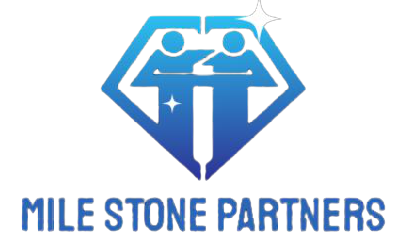Engineers can optimize piping systems for superior performance in a variety of industrial settings with the help of an understanding of Schedule 40 pipe dimensions. Schedule 40 pipes do not have arbitrary dimensions; rather, they are meticulously standardized to guarantee structural integrity, flow efficiency, and compatibility with fixtures and fittings.
Engineers can tailor systems to meet specific performance requirements while adhering to industry standards and regulatory guidelines by comprehending these dimensions during the design and implementation phases of piping projects. This understanding of schedule 40 pipe dimensions empowers architects to choose the proper line sizes, wall thicknesses, and setups to accomplish ideal stream rates, pressure levels, and sturdiness.
What Is a Pipe Schedule?
A Pipe Schedule is a normalized framework used to group the wall thickness of lines and cylinders for different modern applications. It fills in as a critical reference point for specialists and producers while choosing pipes in light of their planned use, pressure prerequisites, and natural circumstances.
Pipes with a similar schedule number have normalized aspects, permitting them to be consistently associated with utilizing viable fittings, valves, and connectors.
How to Choose the Right Pipe Schedule?
The understanding of Schedule 40 Pipe empowers specialists to settle on informed choices all through the plan and execution stages, prompting the advancement of solid, practical, and high-performing funnelling frameworks that address the issues of different modern applications. For choosing the Right Pipe Schedule there are some things to know. Some of them are discussed below.
Decide Working Conditions
The most important phase in picking the right line plan is to survey the working states of the funnelling framework. Think about elements like liquid sort, temperature, strain, and stream rate to decide the degree of stress the line will persevere. For high-strain or high-temperature applications, a thicker-walled pipe schedule might be expected to guarantee underlying uprightness and well-being.
Allude to Industry Standards
Counsel industry guidelines and guidelines to recognize the suggested pipe plans for explicit applications. Associations like ASTM, ASME, and ANSI give rules and particulars to choosing pipe plans in view of industry best practices and security prerequisites. Sticking to these norms guarantees consistency and limits chances related to ill-advised pipe determination.
Assess Material Compatibility
Think about the material creation of the line and its similarity with the planned liquid or climate. Various materials offer shifting degrees of erosion opposition, warm conductivity, and mechanical strength. Select a pipe schedule whose dimensions accommodate the chosen material while guaranteeing long-term performance and durability in the specified application.
Survey Cost and Spending Plan Constraints
Assess the expense ramifications of various line schedules and equilibrium them against project financial plan imperatives. Thicker-walled pipe schedules might offer upgraded execution and life span however frequently come at a greater expense. Consider the compromises between forthright costs and long-haul reserve funds with regard to upkeep, fixes, and framework personal time.
Calculate Future Development and Flexibility
Expect future development or changes in framework prerequisites while choosing the line plan. Pick a schedule that takes into consideration future development or changes without compromising framework execution or well-being. Adaptability in plan and versatility are fundamental contemplations for obliging developing necessities and guaranteeing the life span of the funneling framework.
Final Wording
Understanding Schedule 40 Pipe aspects enables architects to streamline channelling frameworks for improved execution in more ways than one. By grasping the predefined aspects and their suggestions, architects can choose fitting line sizes, wall thicknesses, and materials customized to the particular prerequisites of every application.







